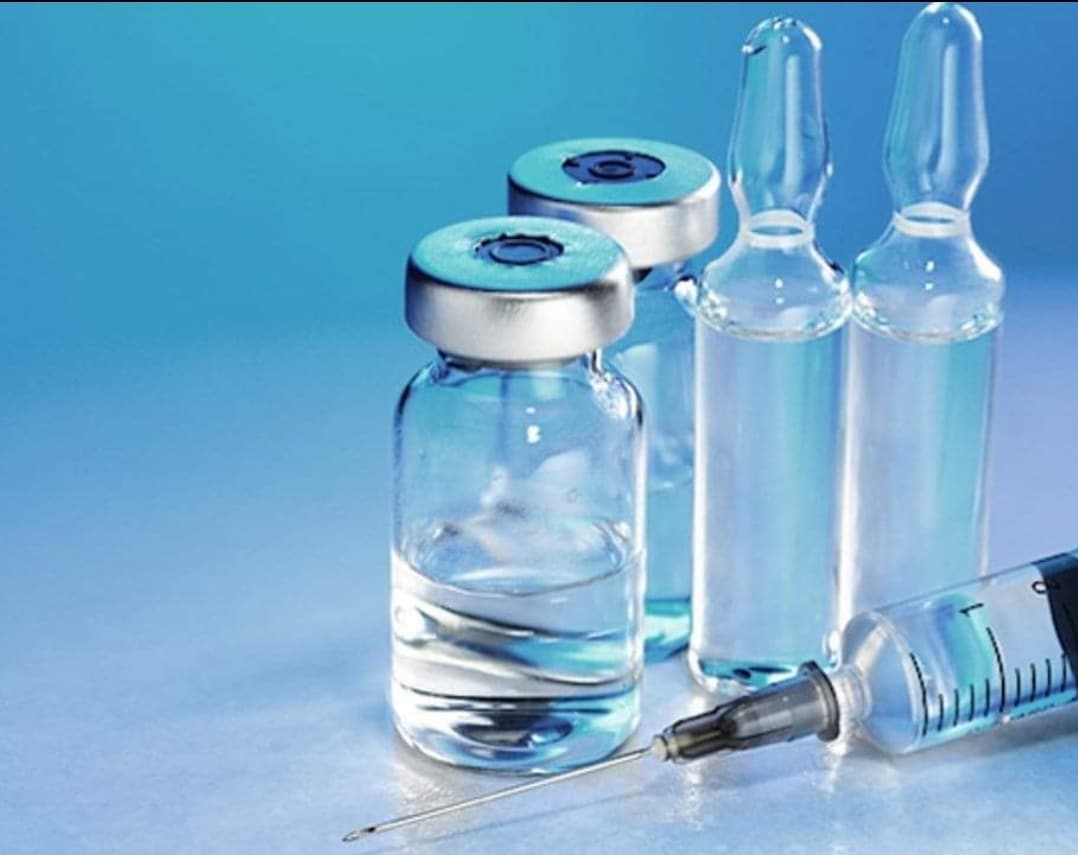USP Uniformity of Dosage Units Testing Validation Method Development Test
The USP Uniformity of Dosage Units (UDU) testing is a critical quality assurance process in pharmaceutical manufacturing. It ensures that each dosage unit, such as tablets or capsules, contains the correct amount of active ingredient within specified limits. This test aligns with US Pharmacopeia standards and is essential for maintaining product safety and efficacy.
The UDU testing process involves several key steps: sampling, dissolution, and analysis. Samples are taken from the batch of pharmaceutical products and then subjected to a dissolution test in simulated physiological conditions. The amount of active ingredient released into the solution is measured at various time points. This data is used to determine whether the variation between individual dosage units exceeds acceptable limits.
The development of a validated UDU method involves selecting appropriate excipients, determining optimal solubility conditions, and ensuring that the analytical technique accurately quantifies the active ingredient. It requires rigorous validation according to USP guidelines to ensure accuracy, precision, linearity, robustness, specificity, and intermediate precision.
Properly performing this test is crucial for regulatory compliance and product quality assurance. Non-compliance can lead to recalls, fines, and damage to brand reputation. Compliance with USP standards ensures that the pharmaceutical products are safe and effective as intended by healthcare professionals and patients alike.
The process of developing a validated UDU method involves several stages: initial feasibility studies, optimization trials, validation experiments, and finalization. Initial feasibility studies involve selecting appropriate solubility media, determining optimal pH levels, and choosing suitable analytical techniques such as high-performance liquid chromatography (HPLC) or inductively coupled plasma mass spectrometry (ICP-MS). Optimization trials focus on refining these parameters to achieve the most accurate results.
Validation experiments are conducted to demonstrate that the method meets all required performance characteristics. These include linearity, which ensures that the relationship between the concentration of the active ingredient and its measured response is linear within a specified range; accuracy, ensuring consistency with reference standards; precision, demonstrating consistent reproducibility under varying conditions; robustness, showing stability against minor variations in operating conditions; specificity, excluding interference from other components; and intermediate precision, confirming reliability across different laboratories.
After successful validation, the final method is implemented into routine quality control operations. This ensures continuous monitoring of product quality throughout production runs. Properly validated UDU methods not only enhance regulatory compliance but also contribute to improved patient safety by reducing risks associated with variability in drug efficacy.
The importance of USP Uniformity of Dosage Units Testing cannot be overstated, especially for injectable and parenteral products where even small variations can have significant health implications. By adhering strictly to these standards, manufacturers can ensure that their medications meet the highest quality expectations set forth by regulatory bodies worldwide.
Industry Applications
The pharmaceutical industry relies heavily on USP Uniformity of Dosage Units Testing for several reasons:
- To maintain consistent product performance across all batches,
- To comply with stringent regulatory requirements imposed by various countries including the United States, Europe, and Asia,
- To protect consumer health by ensuring that each dose contains the correct amount of active ingredient,
- To enhance brand reputation through reliable and safe products.
These tests are particularly crucial for injectable and parenteral medications due to their direct administration into the bloodstream. Any deviation from expected concentrations could lead to serious adverse effects or ineffectiveness.
In addition, UDU testing plays a vital role in quality assurance programs aimed at reducing variability within batches of pharmaceuticals. By continuously monitoring these parameters, companies can identify potential issues early on and implement corrective actions promptly. This proactive approach helps maintain consistent product quality while minimizing the risk of recalls or other disruptions to supply chains.
Competitive Advantage and Market Impact
The ability to consistently meet USP Uniformity of Dosage Units standards provides significant competitive advantages in today’s highly regulated pharmaceutical market. Companies that excel at this aspect are better positioned to:
- Maintain strong relationships with regulatory agencies,
- Ensure high levels of customer satisfaction by delivering reliable and effective products,
- Reduce the likelihood of product recalls or withdrawals,
- Enhance their reputation as leaders in quality assurance.
Achieving compliance through thorough testing not only strengthens a company’s position within its industry but also opens up opportunities for expansion into new markets. As global standards become increasingly stringent, those who can demonstrate superior adherence to guidelines like USP will find themselves at the forefront of innovation and excellence.
Use Cases and Application Examples
USP Uniformity of Dosage Units Testing finds application in various scenarios:
- New Drug Development: Ensuring consistent active ingredient content during early-stage clinical trials,
- Production Line Monitoring: Regularly checking product quality at different stages of manufacturing,
- Batch Release Testing: Verifying that each batch meets the required specifications before release to market.
In practice, these tests are often conducted using advanced analytical techniques such as HPLC and ICP-MS. For instance, a biopharmaceutical company might use HPLC to analyze samples from multiple vials of an injectable medication. By comparing the results against predefined limits specified in USP monographs, they can confirm whether each vial contains the right amount of active ingredient.
Another example could involve a contract manufacturing organization (CMO) responsible for producing large quantities of parenteral solutions. Here, regular UDU testing ensures that all batches produced meet strict quality criteria before being shipped out to clients worldwide.





